October is Domestic Violence Awareness Month
What Is Domestic Violence?
Domestic violence is a pattern of abusive behavior in any relationship that is used by one partner to gain or maintain power and control over another intimate partner. Domestic violence can be physical, sexual, emotional, economic, psychological, or technological actions or threats of actions or other patterns of coercive behavior that influence another person within an intimate partner relationship. This includes any behaviors that intimidate, manipulate, humiliate, isolate, frighten, terrorize, coerce, threaten, blame, hurt, injure, or wound someone. (Office on Violence Against Women (OVW) | Domestic Violence (justice.gov)
Resource Tools
Click the links below to visit the websites pertaining to Domestic Violence
Welcome | NIWRC National Indigenous Women's Resource Center
Office on Violence Against Women (OVW) | Domestic Violence (justice.gov) <<
The Stalking Prevention, Awareness, and Resource Center | SPARC (stalkingawareness.org) <<
CDC Works To Address Violence Against American Indian and Alaska Native People (niwrc.org)
StrongHearts Native Helpline | Elders and Domestic Violence (strongheartshelpline.org)
Resource Tools from NIWRC
Intimate Partner Violence Triangle
Intimate Partner Violence (IPV)/Battering is the purposeful use of a system of multiple, continuous tactics to maintain power and control over another. As described in the Intimate Partner Violence Triangle, this intentional violence results from and is supported by unnatural, misogynistic, sexist societal and cultural belief systems. This tool describes the types of physical and psychological abuse that may be used to maintain power and control over a current or former intimate partner or spouse.
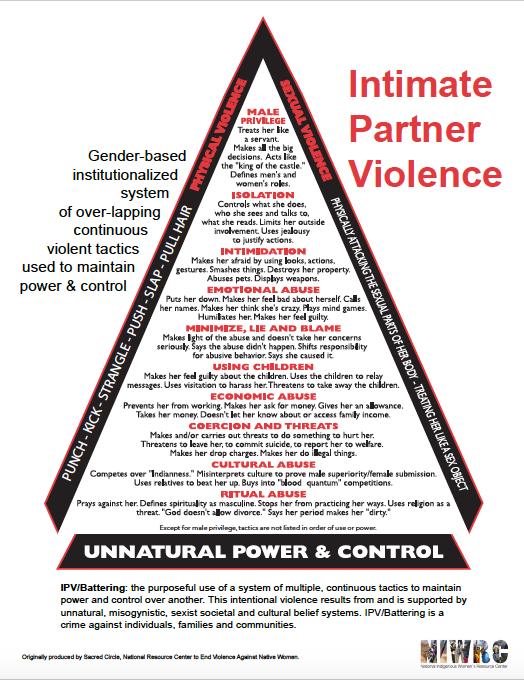

Please utilize this calendar and help promote awareness for Domestic Violence Awareness.
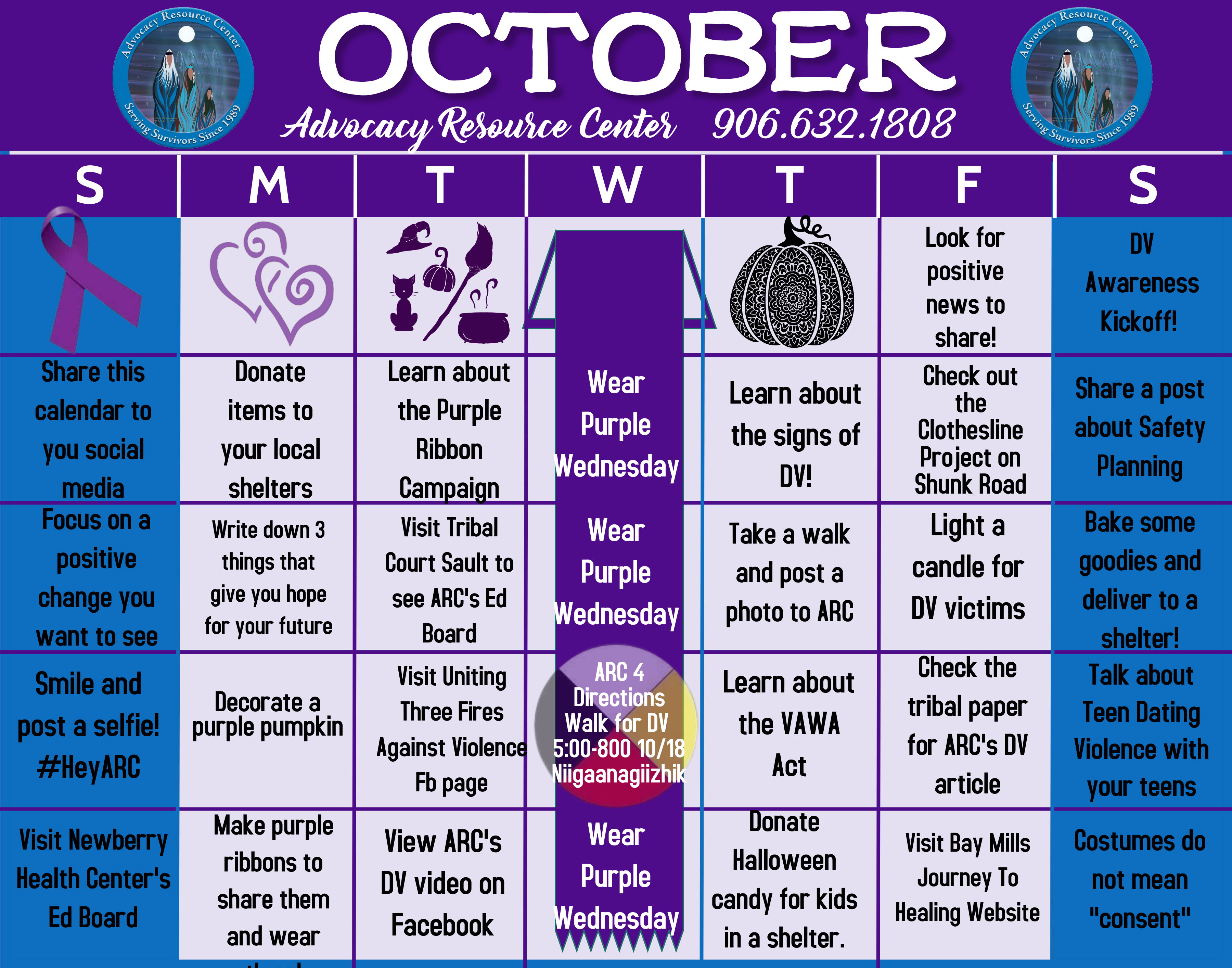
The Duluth Model Power and Control Wheel
You can contact the Advocacy Resource Center for support if you recognize any of these tactics being used against you.
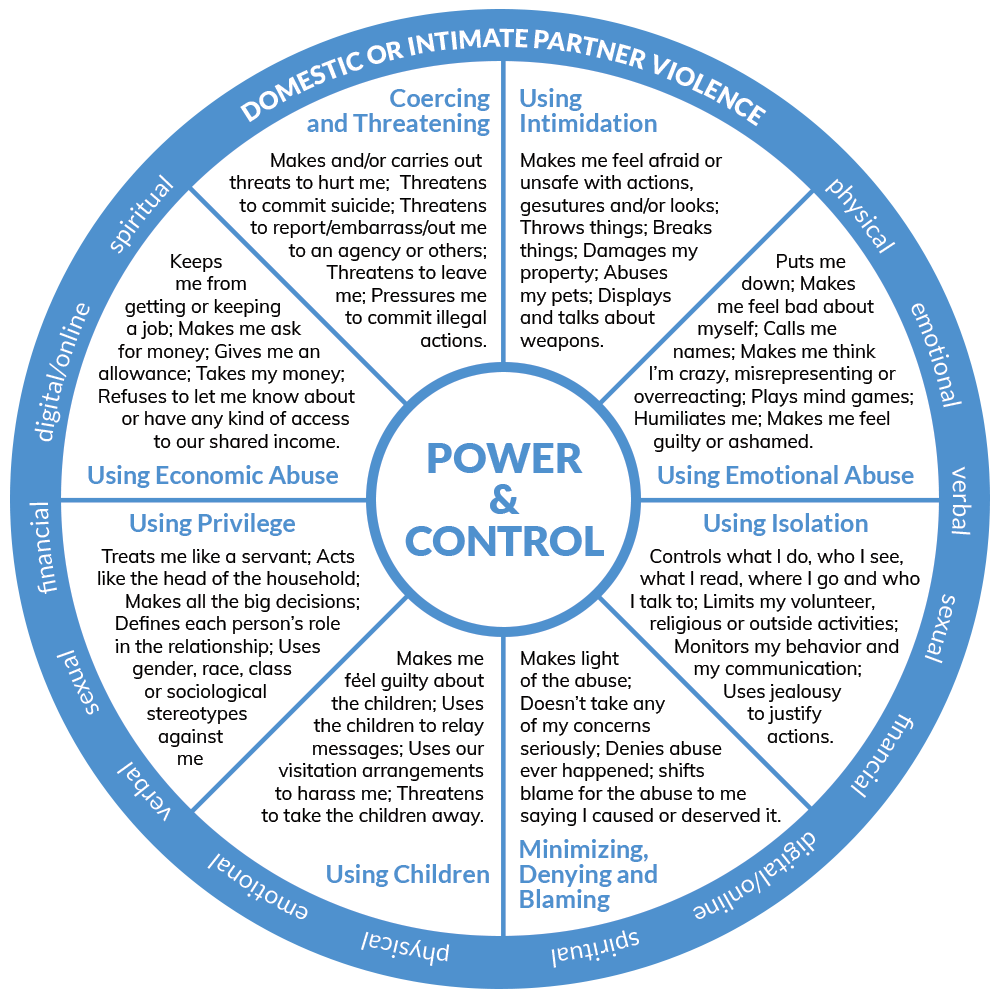
You deserve respect and happiness.
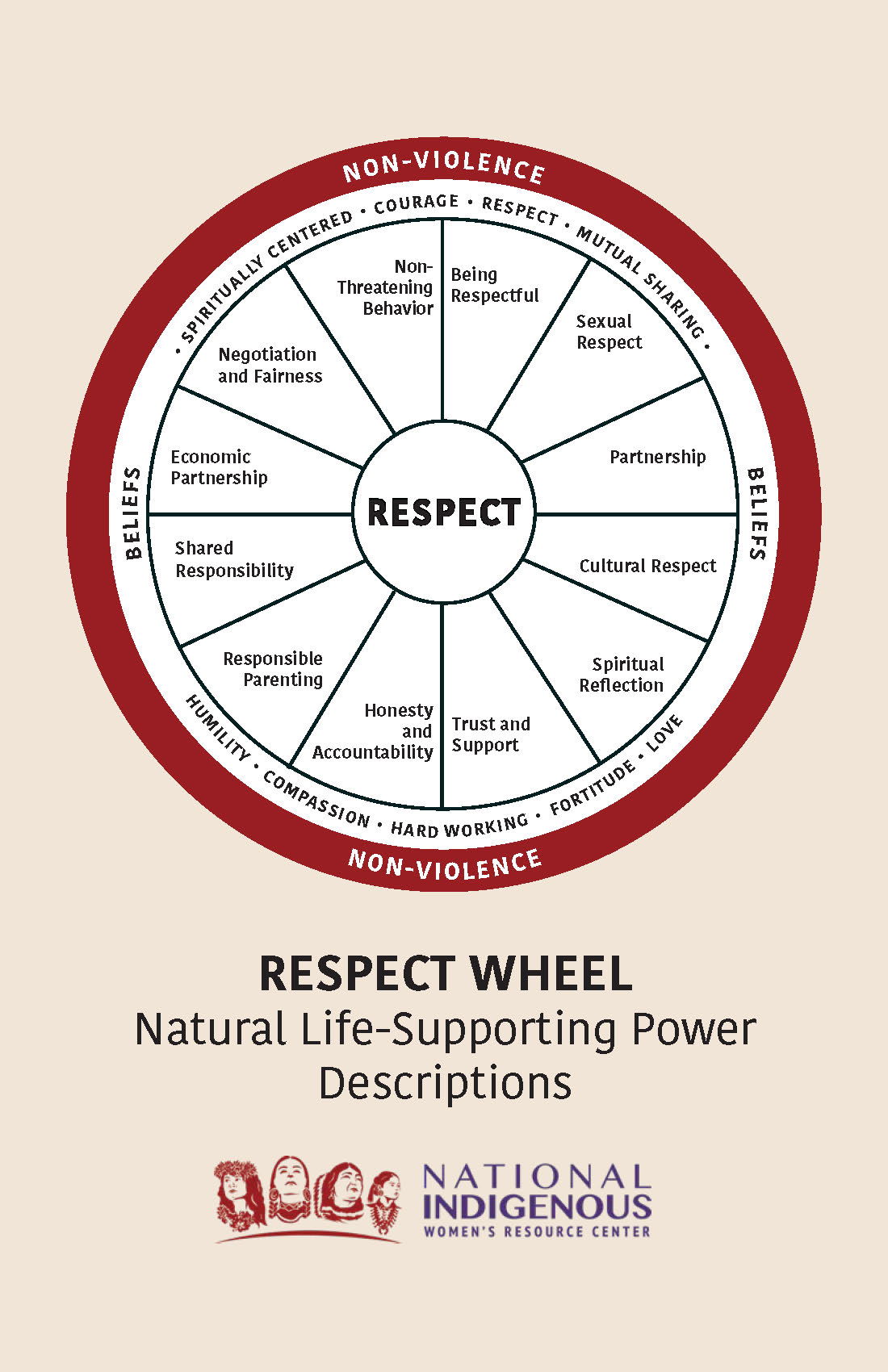
STALKING IS A FORM OF DOMESTIC VIOLENCE
Stalking behaviors can take many forms- including:
- Making threats against someone or that person’s family or friends
- Non-consensual communication, such as repeated phone calls, emails, text messages, and unwanted gifts
- Repeated physical or visual closeness, like waiting for someone to arrive at specific locations, following someone, or watching someone from a distance.
- Online stalking uses technology to stalk their victim. Cyberstalking can include sending unwanted communication, such as spamming someone’s email or social media
- Posting threatening or personal information about someone on public internet forums
- Video voyeurism, or installing cameras that give the stalker access to the victim’s personal life
- Using GPS or other tracking software systems to monitor someone without knowledge or consent
- Using someone’s computer and spyware to track their computer activity
As technology and digital platforms continue to grow, so do the chances that someone could interact with you in an unwanted, sexual manner. Not all these behaviors are considered stalking, but they can violate and make one uncomfortable. Identifying stalking behaviors before they escalate can help one take the necessary steps to protect themselves. It can be unsettling and even dangerous if you learn you are being stalked online or in person. Consider taking steps to protect yourself or involve an authority figure who can help you.
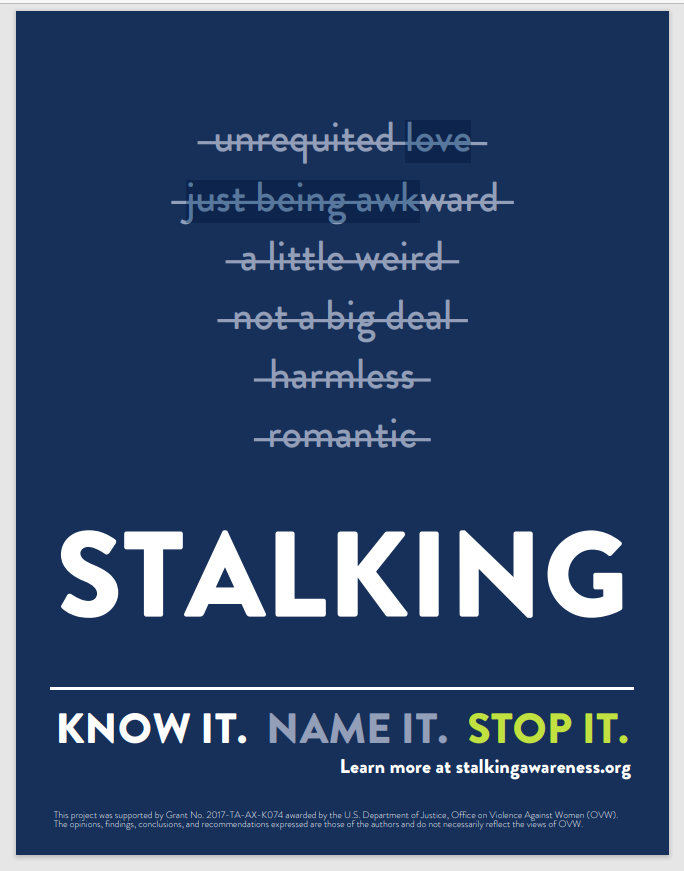
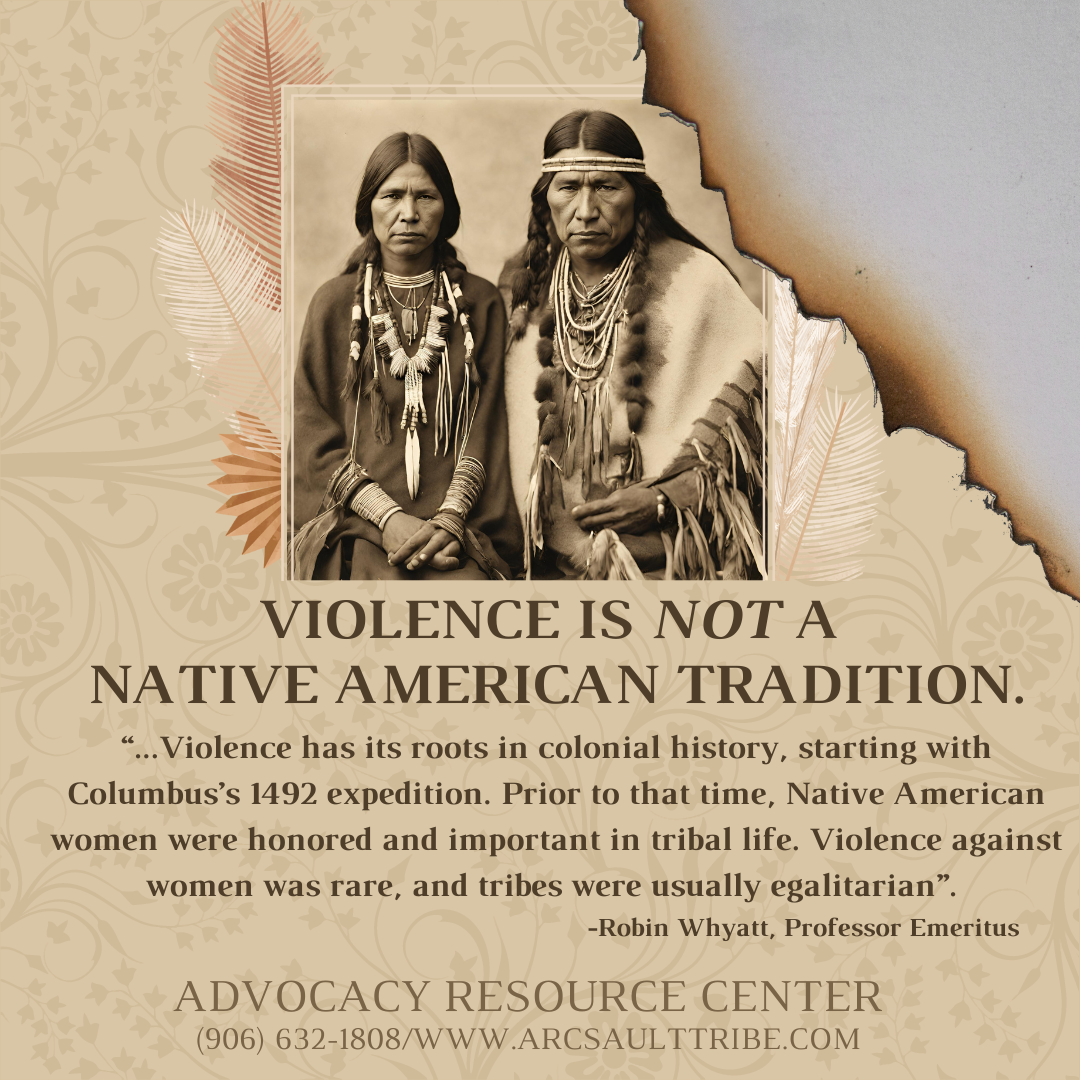
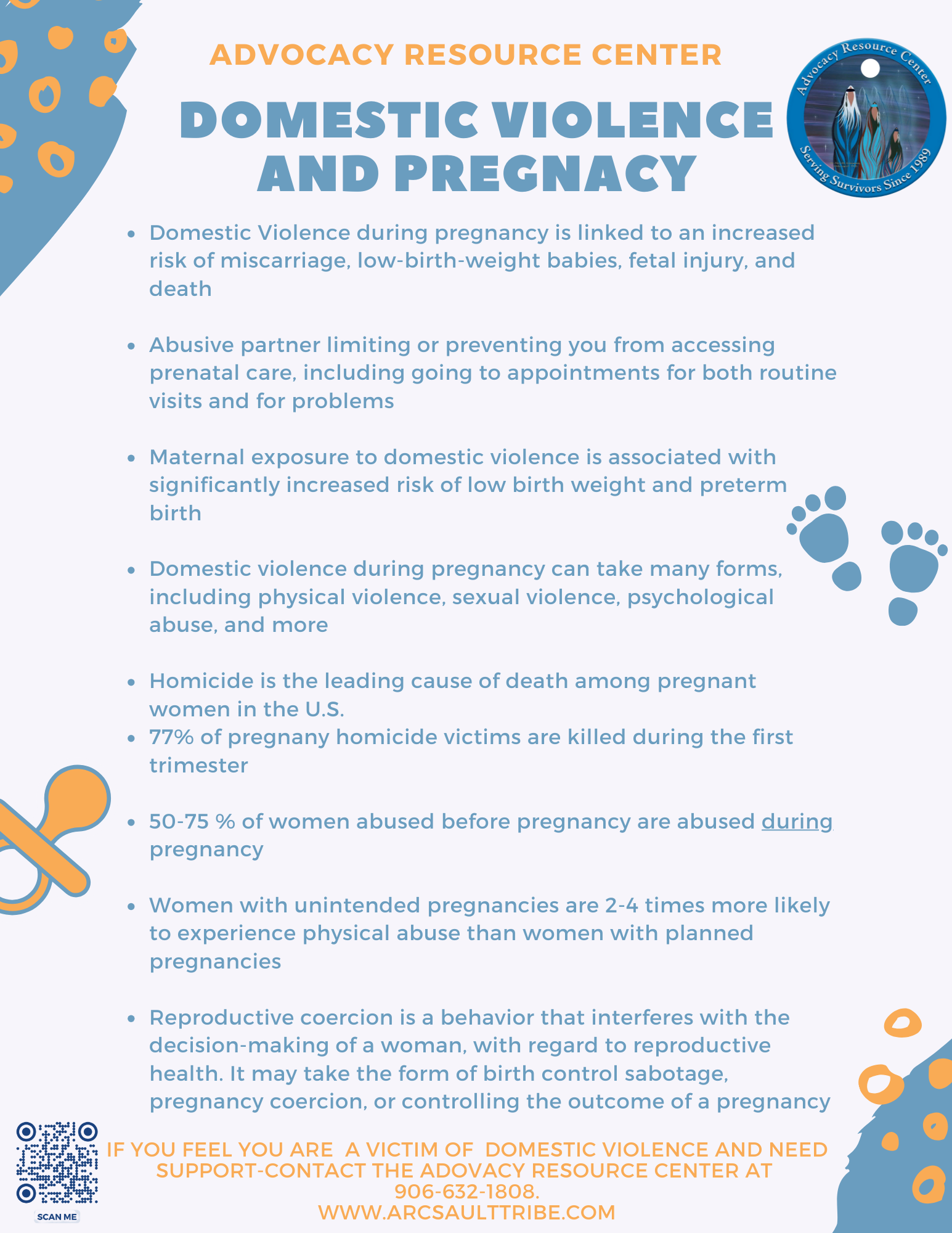
Domestic violence in pregnancy | BabyCenter <<Click here to view this webpage